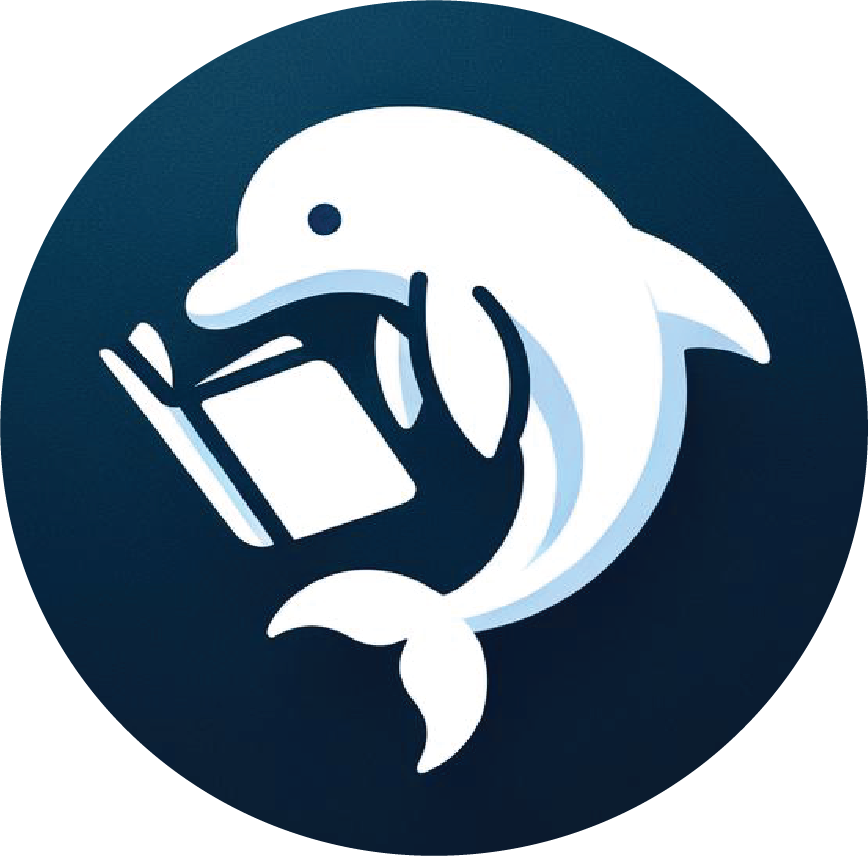The Importance of Reading: How books shape young minds
Reading isn’t just a literacy skill - it’s a neurological, emotional, and cognitive cornerstone of childhood development. At EduPhund we believe that early and continuous engagement with books is one of the most impactful investments in a child’s lifelong learning journey.
The Science Behind Reading and Brain development
Multiple studies in neuroscience confirm that reading activates complex brain networks involved in language, memory, imagination, and emotional regulation. MRI scans show that reading aloud to children—especially in early childhood—stimulates brain areas crucial for narrative comprehension and language acquisition.
A landmark study from the American Academy of Pediatrics (2014) emphasized that reading with children from infancy promotes brain development and strengthens parent-child bonds, which in turn supports mental health and emotional resilience.
Cognitive and Academic Benefits
Children who are regularly read to from an early age:
- Have significantly larger vocabularies upon entering school (Hart & Risley, 1995)
- Develop stronger executive function and concentration
- Are better prepared for formal education, often outperforming peers in literacy and comprehension
- Show higher academic achievement across subjects—not just in English
Reading is also foundational to metacognition: the ability to think about one's own thinking. It helps children learn how to learn—an essential 21st-century skill.
Social and Emotional Learning Through Stories
Reading plays a critical role in a child’s social and emotional development, particularly through exposure to stories that explore relationships, emotions, and ethical dilemmas. While academic outcomes for reading are well-documented, research increasingly shows that reading also supports empathy, emotional regulation, and identity formation.
Narrative fiction, especially when developmentally appropriate and emotionally rich, gives children a chance to
recognise and label emotions
understand causes and effect in social settings
practice perspective-taking
The Equity Impact of Access to Books
According to the study by the OECD (2002) access to books at home is a stronger predictor of academic success than a parent’s level of education. Yet, millions of children grow up in "book deserts"—homes and communities with limited access to reading material.
This makes school libraries, community reading programs, and educational policy interventions critically important. At EduPhund, we advocate for equitable access to books as a matter of both educational opportunity and social justice.
Practical strategies for Educators and Parents
To maximize reading’s developmental impact:
Start early: Begin reading aloud from infancy, even if the child doesn’t yet understand the words
Read daily: Make reading a consistent, shared ritual
Offer variety: Expose children to fiction, nonfiction, poetry and graphic novels
Let them choose: Autonomy in book selection increases motivation,
Model reading: Children who see adults reading are more likely to value it.
Final thoughts
Reading is not a luxury - it’s a necessity for healthy development and equitable education, Books shape how children think, feel, and understand the world,. At EduPhund, we are committed to fostering a culture of reading that begins with curiosity and ends with empowerment.
References
American Academy of Pediatrics Council on Early Childhood. (2014). Literacy promotion: An essential component of primary care pediatric practice. *Pediatrics, 134*(2), 404–409. https://doi.org/10.1542/peds.2014-1384
Hart, B., & Risley, T. R. (1995). *Meaningful differences in the everyday experience of young American children*. Paul H. Brookes Publishing.
OECD. (2002). *Reading for change: Performance and engagement across countries—Results from PISA 2000*. OECD Publishing. https://www.oecd.org/education/school/programmeforinternationalstudentassessmentpisa/33690904.pdf
